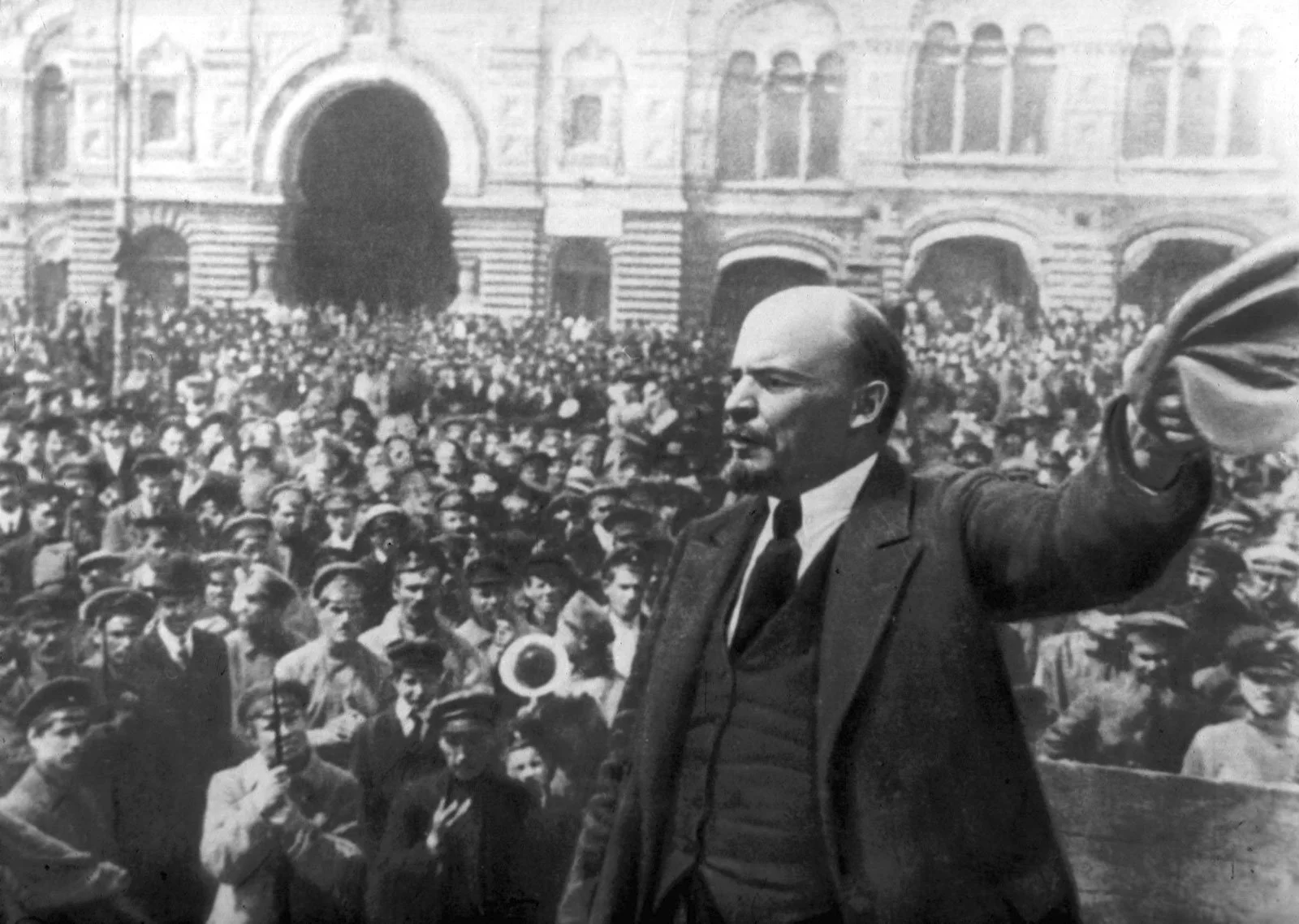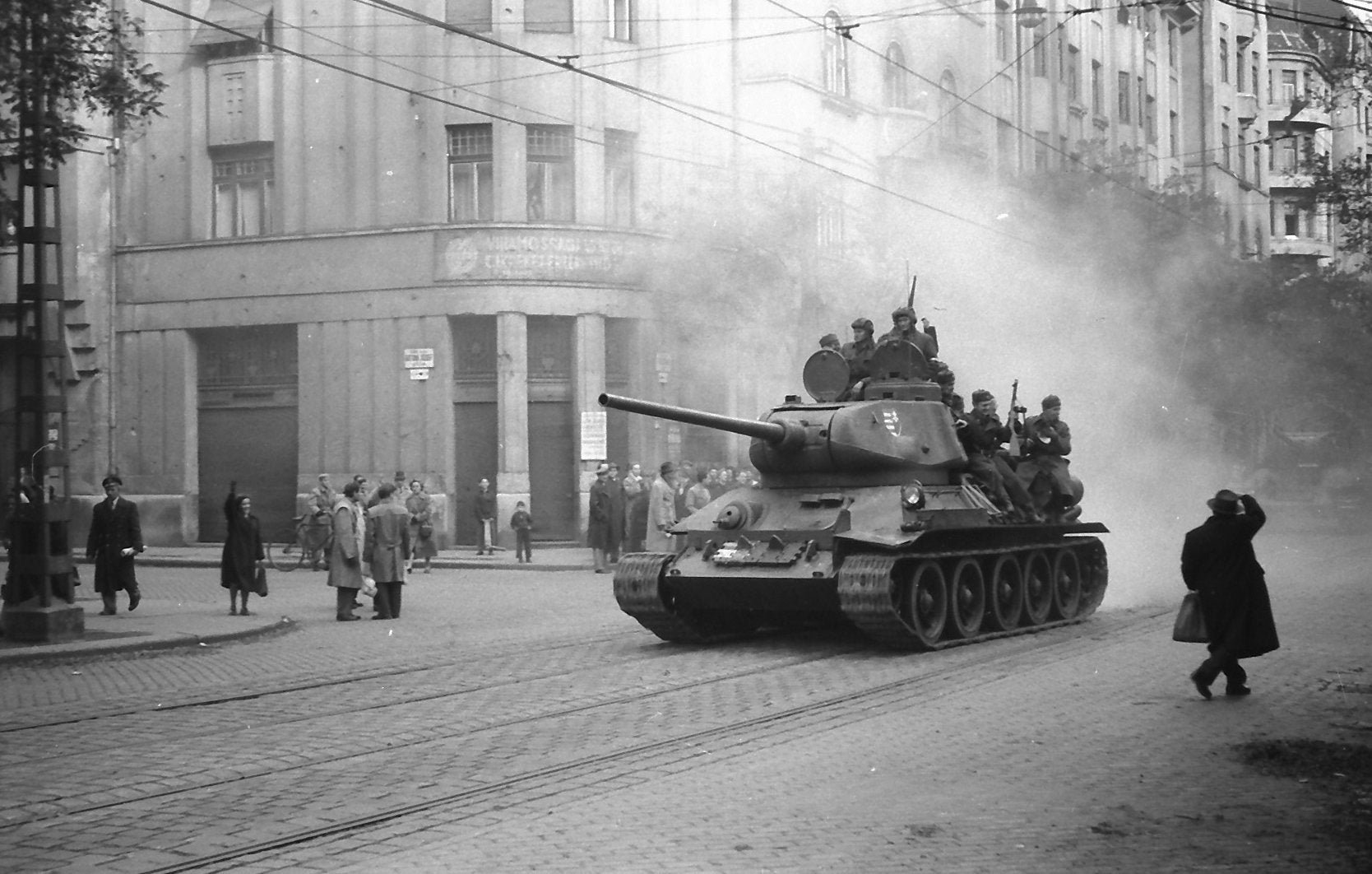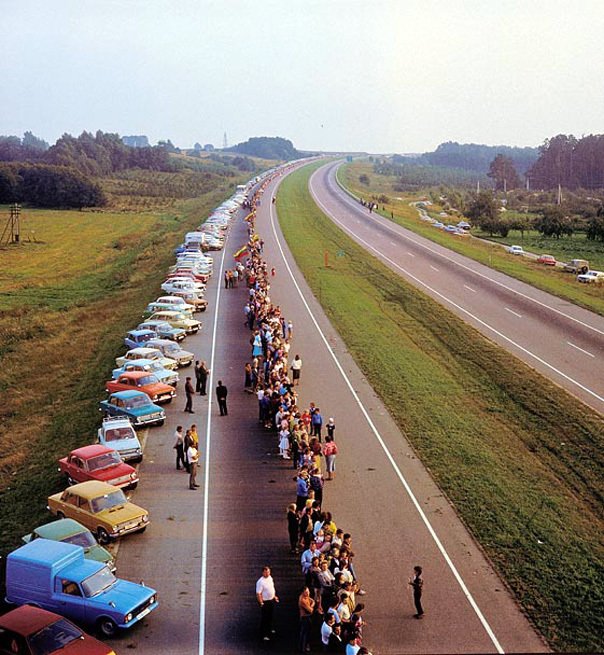Best Christmas Gift Ever
I have a nomination for the best Christmas present ever in modern times. I imagine people have different ideas. For some, it could be receiving a favorite book or a treasured piece of jewelry. Maybe a needed article of clothing. Or something electronic like a television or video game player. Or a bicycle. I’m sure there are many other ideas. Perhaps more broadly, acts of charity can be wonderful Christmas presents.
Here is another one to consider: Thirty years ago, on Christmas day, 1991, the Soviet Union ceased to exist. The Cold War was over. The communist state, responsible for tens of millions of deaths, was no more.
Birth of the Soviet Union
1917 saw two revolutions in Russia. Reeling under the weight of World War I with heavy military casualties, military defeats, and economic collapse, the Tsar abdicated in March 1917. A provisional government took power. With continued unrest in the country, the communist Bolsheviks under Lenin seized power in the second revolution in November 1917. Lenin ended Russian participation in World War I by signing a treaty with Germany. There followed a multi-year Civil War, resulting in five to 10 million deaths. When the Communists won the Civil War, they established the Union of Soviet Socialist Republics (USSR ). The USSR consisted of 15 republics including Armenia, Azerbaijan, Kazakhstan, Moldavia, Russia, Ukraine, and Tajikistan.
Stalin
An internal power struggle occurred when Lenin died in 1924. Stalin won that struggle and by the late 1920s became dictator of the Soviet Union. Stalin is one of the evilest people in the history of mankind. In the early 1930s, his program of creating farm collectives resulted in a man-made famine. Ukraine calls it the ‘Holodomor,’ a combination of the Ukrainian words for ‘starvation’ and ‘death.’ Death estimates range from three million to over seven million. In response to reports of famine, Stalin is alleged to have said, “If only one man dies of hunger, that is a tragedy. If millions die, that’s only statistics.”
Stalin followed this with purges later in the 1930s. Stalin killed millions considered a threat to his power, including many Bolsheviks from the original 1917 revolution. He sent many other perceived enemies to Gulags, harsh work camps, in Siberia. Stalin’s purges included people from all walks of life, including scientists, artists, writers, and, in many cases, ordinary people. Worried about the military, Stalin executed the majority of the officers in the Soviet Army.
World War II
Russian Soldier Raising Flag over Reichstag in Berlin
In 1939, Stalin signed the German-Soviet Non-Aggression Pact with Hitler. The countries agreed not to attack each other and to split the soon-to-be conquered Poland between them. Stalin then invaded Finland and absorbed the independent nations of Lithuania, Estonia, and Latvia. Hitler invaded the Soviet Union in June 1941. The Soviet army, severely harmed by Stalin’s army purges of the late 1930s, lost many battles to the German military and experienced mammoth casualties. The Red Army finally turned the tide in late 1942 at the battle of Stalingrad on the Volga river. . Soviet armies went on the offensive, eventually taking Berlin in April 1945. The USSR paid an enormous price for its victory; estimates range up to 20 million dead (in contrast, United States WWII deaths were under 500,000.)
World War II Aftermath
As Soviet troops advanced towards Berlin in 1944 and 1945, they occupied the territories of Albania, Poland, Czechoslovakia, Hungary, Bulgaria, Romania, and the eastern portion of Germany. Stalin installed puppet communist dictatorships in these countries. In response to the Soviet takeover, President Truman initiated the ‘Truman Doctrine,’ where the free world would resist any further expansion of Communism. This is considered the start of the Cold War between the free nations and the Communist nations.
Eastern Europe Suppression: 1950s and 1960s
Revolts occurred in several Eastern European countries against Soviet dominance. In 1953, shortly after Stalin’s death, East Germans started mass protests against Communism. Military forces put down these demonstrations. Afterward, millions of Germans left East Germany for West Germany at the border in Berlin. In 1961, East Germany built the Berlin Wall to stem the flow of people.
In 1956, Hungarians protested against Soviet rule in favor of Democracy and freedom. Russian tanks defeated this revolution. In 1968, Czechoslovakian programs to liberalize the country were defeated when Soviet troops invaded. The Soviet Union justified using force under the Brezhnev Doctrine, which stated that “Moscow had the right to intervene in any country where a Communist government had been threatened.”
Eastern European Freedom: 1980s
The movement that ended Communism began in 1981 with Polish worker strikes led by the Solidarity labor union. The elections of anti-Communist leaders Margaret Thatcher in Great Britain, Ronald Reagan in the United States, and Pope John Paul II (from Poland) supported the movement. When Mikhail Gorbachev became Soviet premier in 1985, he abandoned the Brezhnev Doctrine. He no longer would use military force to keep unpopular Communist regimes in power. Popular support for Democracy grew in Eastern Europe until 1989 when all the Communist dictatorships fell. The Berlin Wall was torn down on November 9, 1989. These revolutions marked the death knell of Communism in Europe.
The Fall of the Soviet Union: 1991
Following the revolutions in Eastern Europe, Soviet republics started to hold elections and press for reform. Politicians favoring independence won many of these elections, and several republics declared independence. In the Baltics and Ukraine, people seeking freedom formed miles-long human chains demonstrating in favor of liberty. Gorbachev tried to mollify the independence movement by supporting increased autonomy for the republics. This led to a coup attempt against him in August 1991. After three days, the coup failed.
Soviet republics continued to declare independence. Gorbachev’s attempts to negotiate a union failed. In early December 1991, a Ukrainian referendum voted over 90% in favor of independence. The republics of Russia, Belarus, and Ukraine signed an agreement that the Soviet Union no longer existed and abolished the 1922 treaty that had formed the USSR.
USSR Flag Lowered, Russian Flag Raised
On December 25, 1991, Gorbachev resigned as President of the Soviet Union. He stated, “Dear fellow countrymen, compatriots. Due to the situation which has evolved as a result of the formation of the Commonwealth of Independent States, I hereby discontinue my activities at the post of President of the Union of Soviet Socialist Republics.” He explained the problems of the Soviet Union: “…we were living much worse than people in the industrialized countries were living, and we were increasingly lagging behind them…This country was suffocating in the shackles of the bureaucratic command system.”
At 7:32 PM Moscow Time, the Soviet Flag was lowered, the state anthem of the Soviet Union played for last time, and the Russian tricolor was raised. The evil empire was no more. The Cold War, over. Perhaps the best Christmas present ever in modern times.








